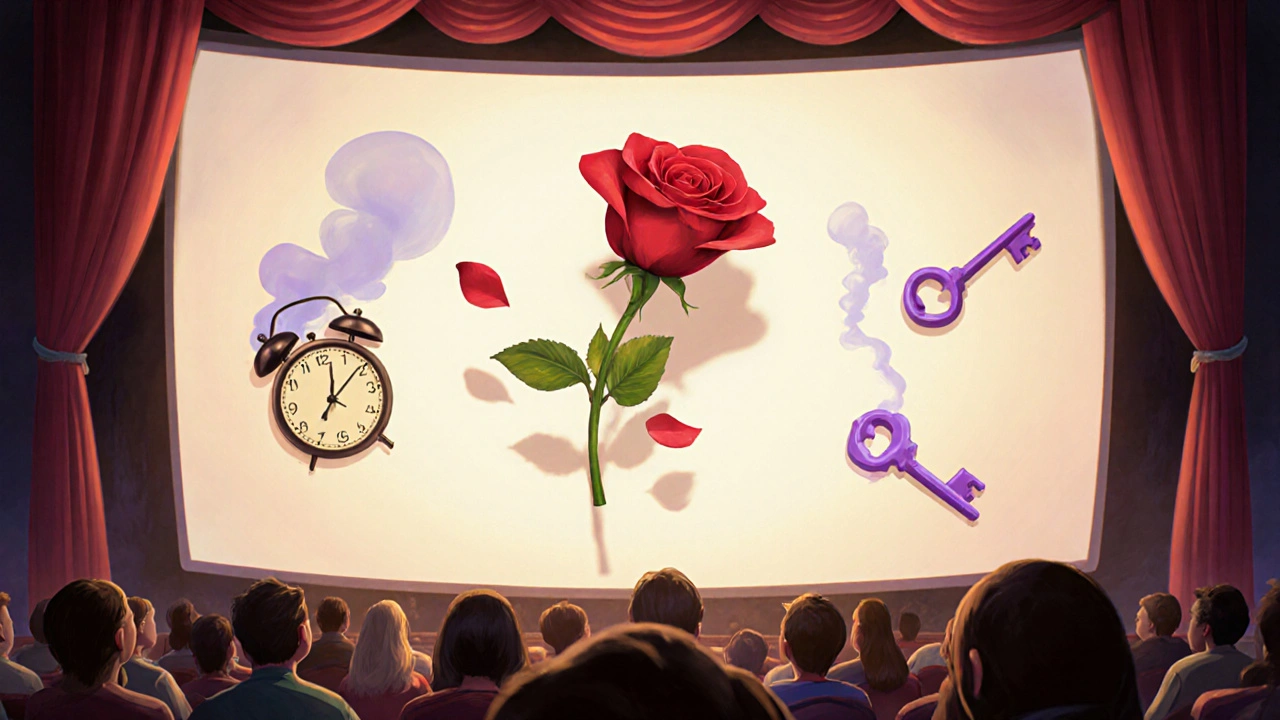Film Semiotics: Decoding Symbols, Signs, and Meaning in Movies
When you watch a movie, you’re not just seeing images—you’re reading a language made of film semiotics, the study of signs and symbols in cinema that convey meaning beyond the literal. Also known as cinematic semiotics, it’s how a red coat in a sea of gray, a ticking clock, or a character walking away from the camera tells you more than the script ever could. This isn’t academic jargon—it’s how every great film pulls you in without saying a word.
Think about the visual storytelling, the art of conveying narrative through imagery rather than dialogue in films like Blade Runner or Princess Mononoke. The way light falls on a face, the clutter in a room, even the color of a character’s clothing—all of it carries weight. These aren’t accidents. They’re choices made by directors and designers who understand that a broken mirror doesn’t just reflect a character—it fractures their identity. cinematic symbols, recurring visual elements that represent abstract ideas like freedom, guilt, or power show up again and again: water for cleansing, fire for destruction, doors for transition. You’ve seen them. Now you’ll start noticing how they shape your feelings before the music even swells.
Behind every powerful scene is a system of signs working together. A character wearing the same hat throughout a film? That’s not wardrobe—it’s a signification in cinema, the process by which an object or gesture becomes a carrier of meaning within a film’s internal logic. It’s why a lone suitcase on a train platform can feel heavier than a monologue about loss. Film semiotics doesn’t just explain what you see—it explains why you feel it. And that’s why directors like Agnès Varda, Ridley Scott, and Hayao Miyazaki don’t just tell stories. They build worlds where every frame whispers something deeper.
What you’ll find below isn’t a textbook. It’s a collection of real, thoughtful pieces that dig into how meaning is built in film—from the way tears are staged to how post-apocalyptic worlds use ruins to speak about hope. You’ll see how these ideas show up in movies you’ve watched, and why they stick with you long after the credits roll.
Semiotics in cinema reveals how images, sounds, and colors create meaning beyond the plot. Learn how iconic, indexical, and symbolic signs shape your emotional response to films-and why this ancient theory still matters today.
View More

